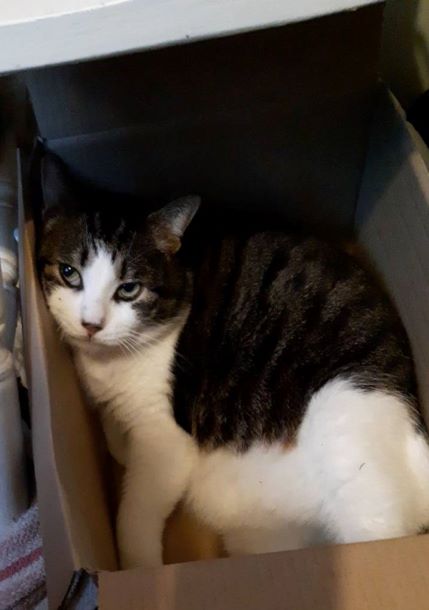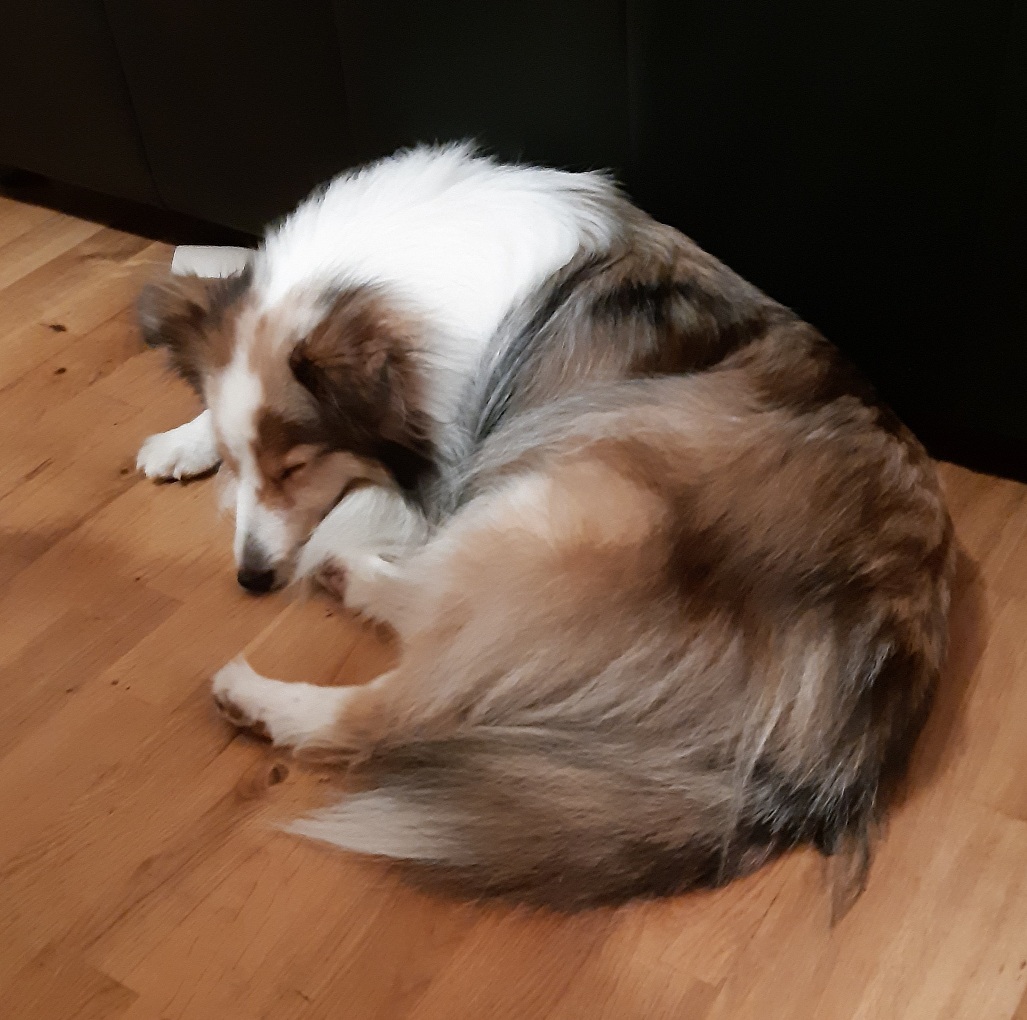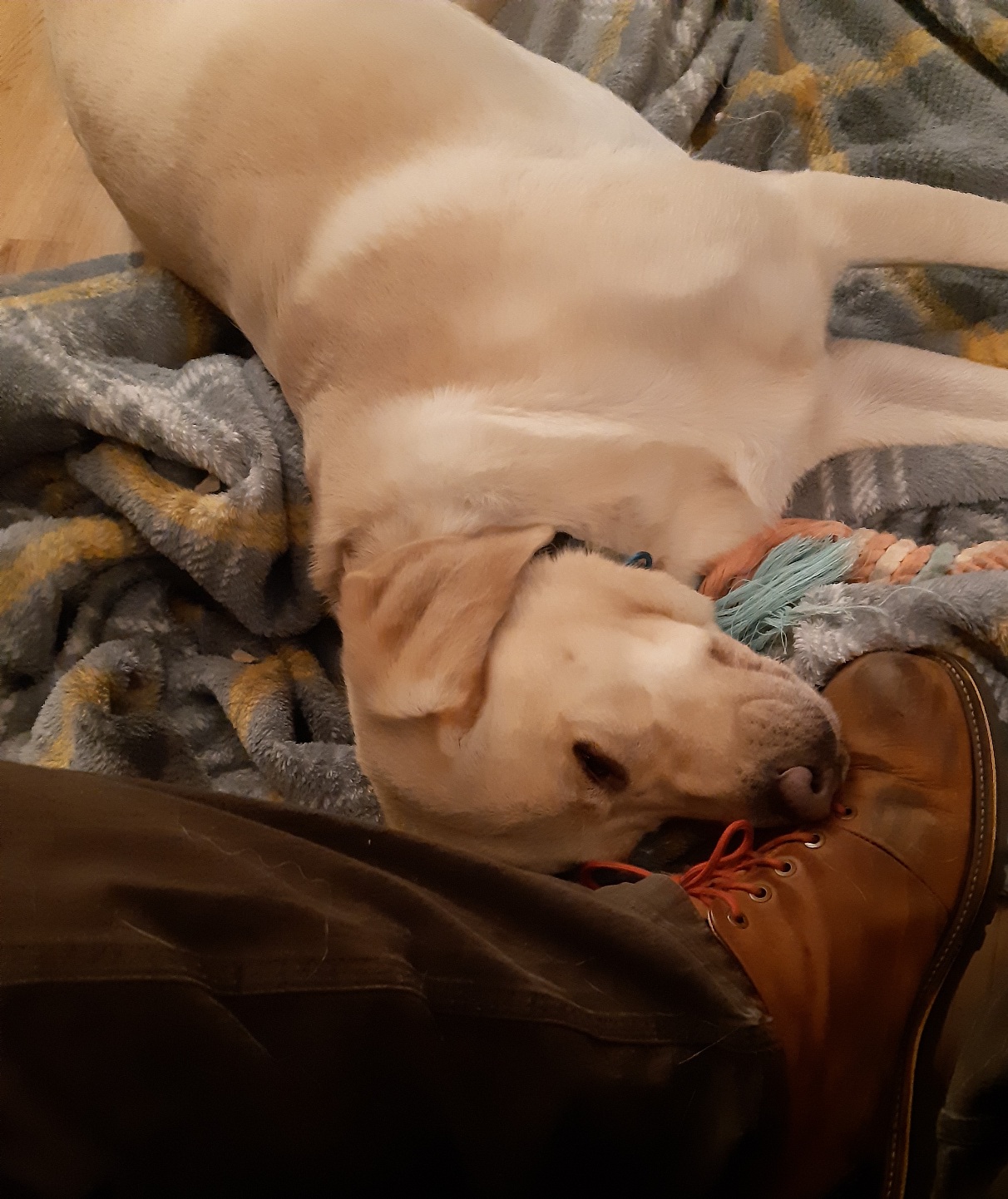One of my favorite “tropes” in modern environmentalism is the idea of solving human problems by improving, amplifying, or adjusting ecosystem services. This covers all sorts of things, but I think the first example I ever heard of was using predatory insects – ladybugs – to control agricultural pests. That was my first example, but not my favorite. My favorite, as I mentioned recently, is the story of cane toads in Australia. It’s an example of an almost-clever idea that has had horrible, and sometimes hilarious results. If nothing else, it has given us this gem of a nature documentary, which you can watch with your family while you eat Thanksgiving dinner!
That’s high art, if ever there was such a thing. Truly a masterpiece of cinema.
Now, why do I bring this up, other than the fact that it lets me write about something easy while my mind is elsewhere? Well, a new front has been opened in the Cane Toad Wars, and it comes to us thanks to the very latest in avian innovation. May I present to you, the Ibis-devised “stress-and-wash” technique for cane toad cuisine?
Ibis are often seen feeding on food dumped by humans, but citizen scientists are increasingly reporting the native species is dining out on toxic cane toads.
Gold Coast coordinator of Watergum’s Cane Toads program Emily Vincent said the “stress and wash” method had been viewed numerous times by citizen scientists.
“It’s quite amusing to watch and it’s quite different from other native species and their methods of eating them,” she said.
“The ibis will pick up cane toads and they will flick them about and stress out the toads.
“What this does is it makes the cane toads release toxins from the parotoid gland at the back of their neck, which is their defence mechanism when they’re faced with predators.
“Then they’ll take them down to the creek and wash them.”
Ms Vincent said it was encouraging to see the ibis capitalising on the food source, which was first introduced into Australia in 1935 to control cane beetles in Queensland’s sugarcane crops.The cane toad has since spread into New South Wales, the Northern Territory and Western Australia.
“We have lots and lots of ibis in Australia,” she said.
“This is a learned behaviour and it’s been observed in multiple different regions.
“I think it will have an impact, especially as more species tag along and copy the behaviour.”
The article has some other useful information, including the fact that while the toad’s poison is apparently unpleasant for birds, it doesn’t actually do a whole lot to them. They mainly avoid it because of the flavor. I do feel bad for the toads (as I feel bad for some shown in the video above), but Australia’s ecosystem could really use a break, so it’s nice to see this.
Maybe this will finally bring peace between the Australians and the Ibis. I certainly hope so, given that country’s record when it comes to fighting birds, but it’s hard to say. In the meantime, here’s the current state of things as I understand it:







